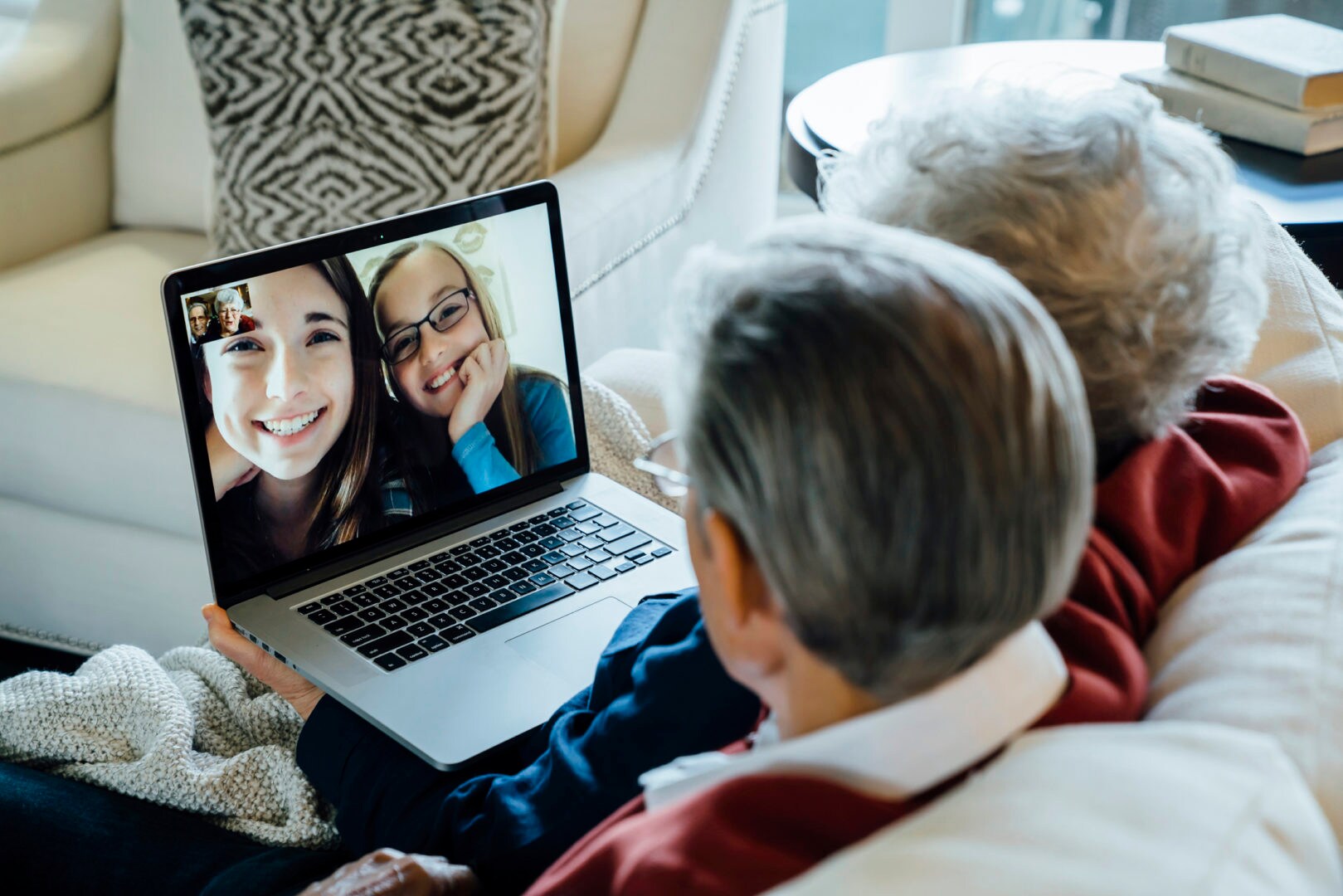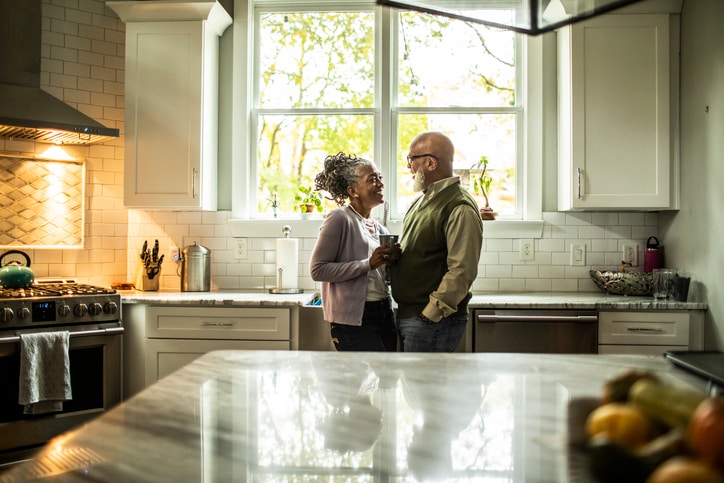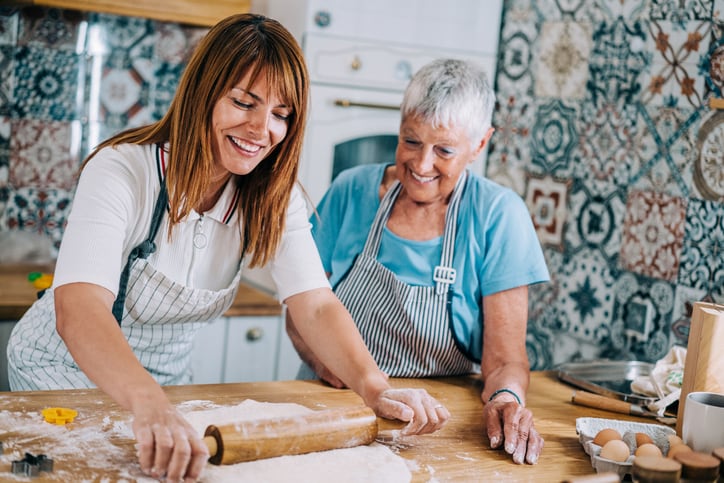As we navigate the 2020 holiday season amid a global pandemic, families whose older loved ones receive professional senior care are contending with a bevy of stressors, according to data from the new Care.com COVID-19 Senior Care Survey. Nearly all — 93% — families who care for an older loved one are concerned about the emotional and mental well-being for the senior receiving care while in isolation during a potential wave of increasing COVID-19 infections this winter while 40% say they’re very concerned. The pandemic has also caused 83% to seek out new care options.
The realities of senior care as COVID-19 meets the holiday season
The uncertainty of the coming holiday season and winter months is setting up a variety of financial, emotional and other woes; however, the survey data does highlight some specific challenges for older adults and the loved ones who oversee their care.
1. An increased financial burden
The cost of senior care continues to be a top concern for older adults and their families. Survey respondents report spending the following on professional senior care:
-
40% spend under $2,000 per month.
-
37% spend a median of $2,000 to $3,000 a month.
-
16% spend between $3,000 and $5,000 per month.
-
7% spend between $5,000 or more.
At the same time, a majority of survey respondents (58%) say they are experiencing higher costs of care. 74% attribute this increase to additional COVID-19 precautions while 52% point to increased fees and 40% attribute the bump to labor shortages.
2. COVID-19 is causing more people to hire care on their own versus through an agency
Agencies have the trust of their clients when it comes to COVID-19 safety protocols, but 87% of families say they are more likely to hire through their own process to ensure their own safety rules and standards.
-
48% of respondents use an agency to hire senior care support. 11% hire through online platforms, and 41% use their personal network.
-
80% of respondents say that the senior receiving professional care has significant input or is the primary decider in the process of hiring care. 10% say the senior has a small amount of input, 10% say that the senior has no input.
-
“Friends and family” is the most commonly selected method of finding potential caregivers (67%), followed closely by doctors and medical professionals (63%). Online services are selected by 46%.
3. People are concerned about a COVID-19 spike this winter, which is influencing care
The overwhelming majority of older adults are fearful about a worsening outbreak in the coming colder months. 93% say that the senior receiving care is concerned about a new wave of infections, and 41% say their loved one is very concerned.
To that end, 83% have sought new care options due to the pandemic:
-
57% say that COVID-19 has required them to increase care provided by family.
-
32% have sought out a Home Health Aide.
-
29% have reached out to a Certified Nursing Assistant.
4. In-home care has become increasingly appealing
Nursing home visits have become much tougher during the pandemic. 41% of respondents haven’t been able to visit their loved ones in a nursing home or assisted living facility since the onset of the pandemic while another 41% have been able to visit once or twice. 31% say this is mostly due to safety considerations.
In turn, more families are opting for in-home care, despite the increased financial challenge. In fact, 89% of those with a senior in a nursing home or assisted living facility have considered switching to in-home care due to COVID-19. 30% have considered it very strongly. Of these respondents, 52% say their older loved one would most likely move to their home, 19% say a close relative’s home and 8% are unsure.
64% overall say that their senior is safer having in-home care than a nursing home given the COVID-19 pandemic. For comparison, just 13% say they’re less safe in in-home care.
5. People see the holiday season as a time to check in on their older loved ones
Nearly all of respondents (87%) say the holidays are an important time of year to check in on their senior’s health and well-being. And for 85% of respondents, the holidays are the primary time of year when family convenes with the senior.
Here’s how families say they’ll connect for the 2020 holiday season:
-
Of the 41% who won’t see their loved one in person, 98% are planning ways to compensate. The most commonly selected method is additional time on video chat while other options include scheduling a visitation with doctors (45%), conducting extra coordination with other relatives or nearby friends who will see them in person (45%), spending additional time on the phone (44%) and having additional conversations with care experts (39%).
-
57% say that their older loved one can use smartphones unassisted, 52% can text, 46% can use Facetime or chat apps on a smartphone and 46% can video chat.
6. The holidays will prompt loving-but-anxious discussions about personal care and medical issues
-
68% of respondents who won’t visit their older loved ones in person during the holidays are concerned about being able to get an accurate read on their senior’s emotional, mental and physical health during the holidays. 35% are very concerned.
-
94% of respondents plan to bring up major discussion topics this holiday season. Personal care is most selected (68%), followed by medical problems (59%), household tasks (53%), increasing level of care (47%) and driving/transportation issues (39%).
Care.com COVID-19 Senior Care Survey Methodology
The COVID-19 Senior Care Survey captured 1,000 responses. This sample of 1,000 U.S. adults (25 years or older) all pay for or oversee professional senior care for an adult senior citizen. Geographic location of respondents mirrors U.S. population density. DKC Analytics conducted and analyzed this survey.
About Care.com
Available in more than 20 countries, Care.com is the world’s leading platform for finding and managing high-quality family care. Care.com is designed to meet the evolving needs of today’s families and caregivers, offering everything from household tax and payroll services and customized corporate benefits packages covering the care needs of working families, to innovating new ways for caregivers to be paid and obtain professional benefits. Since 2007, families have relied on Care.com’s industry-leading products — from child and senior care to pet care and home care. Care.com is an IAC company (NASDAQ: IAC).





